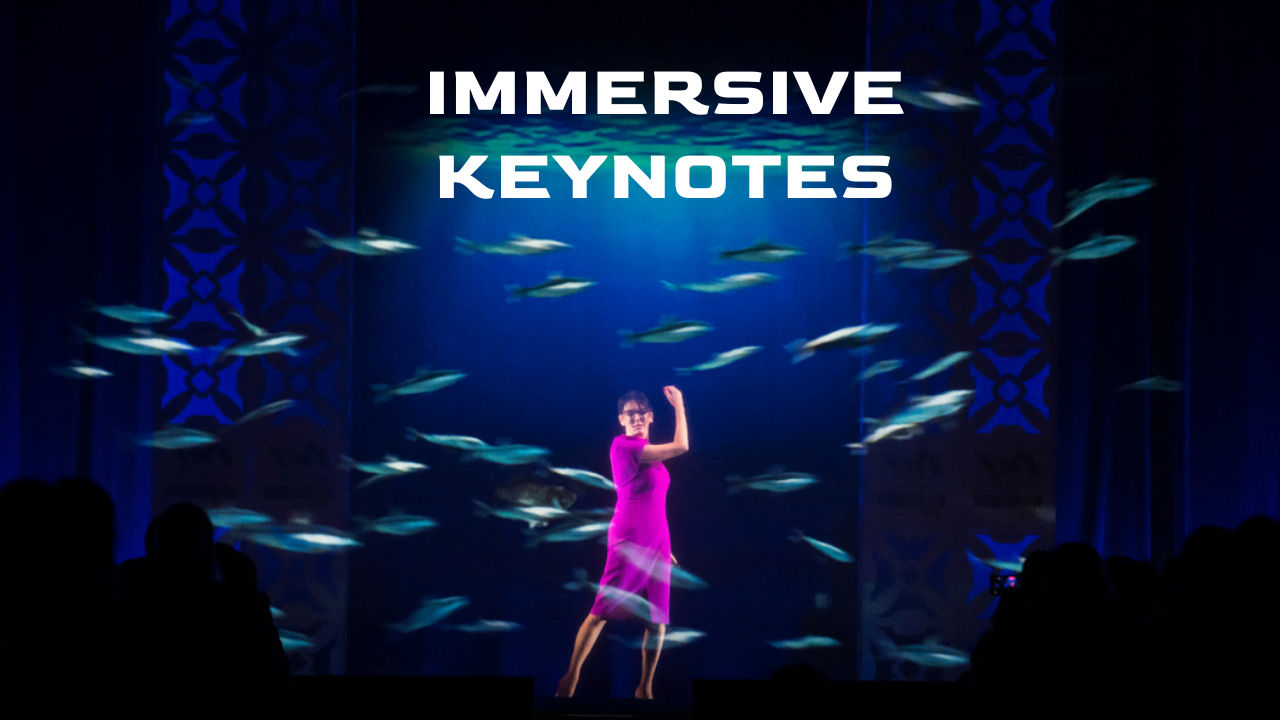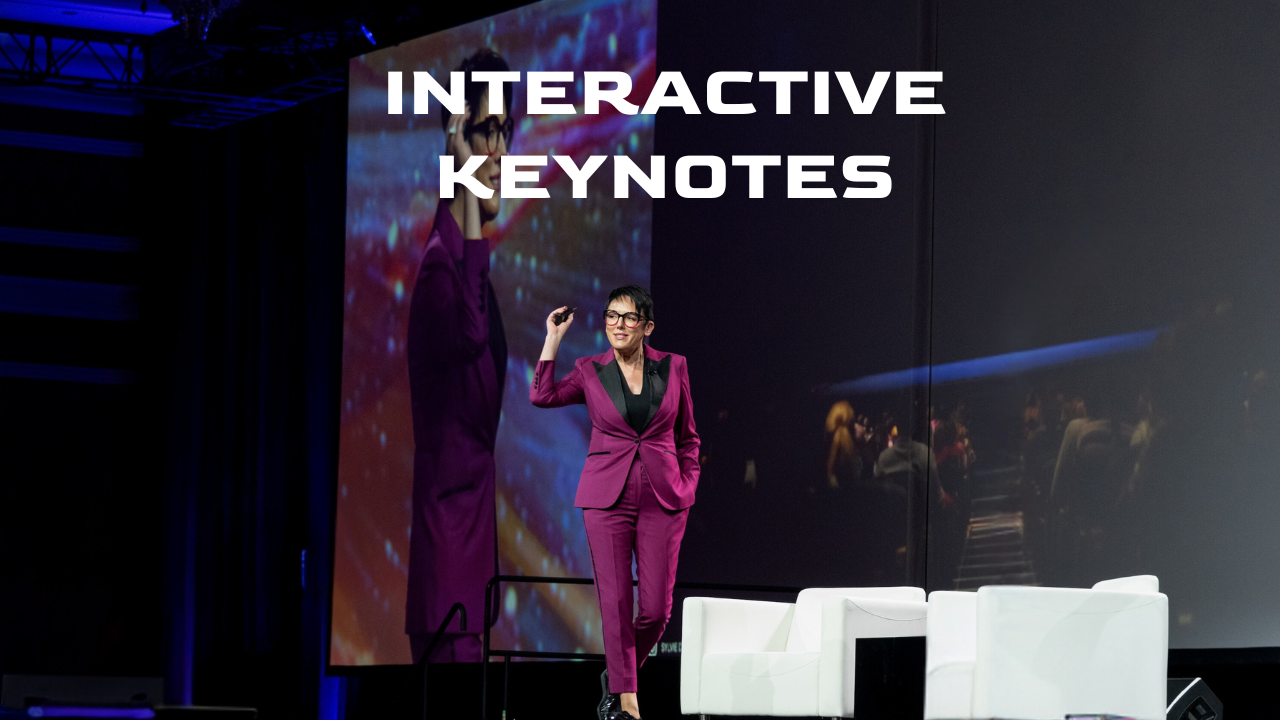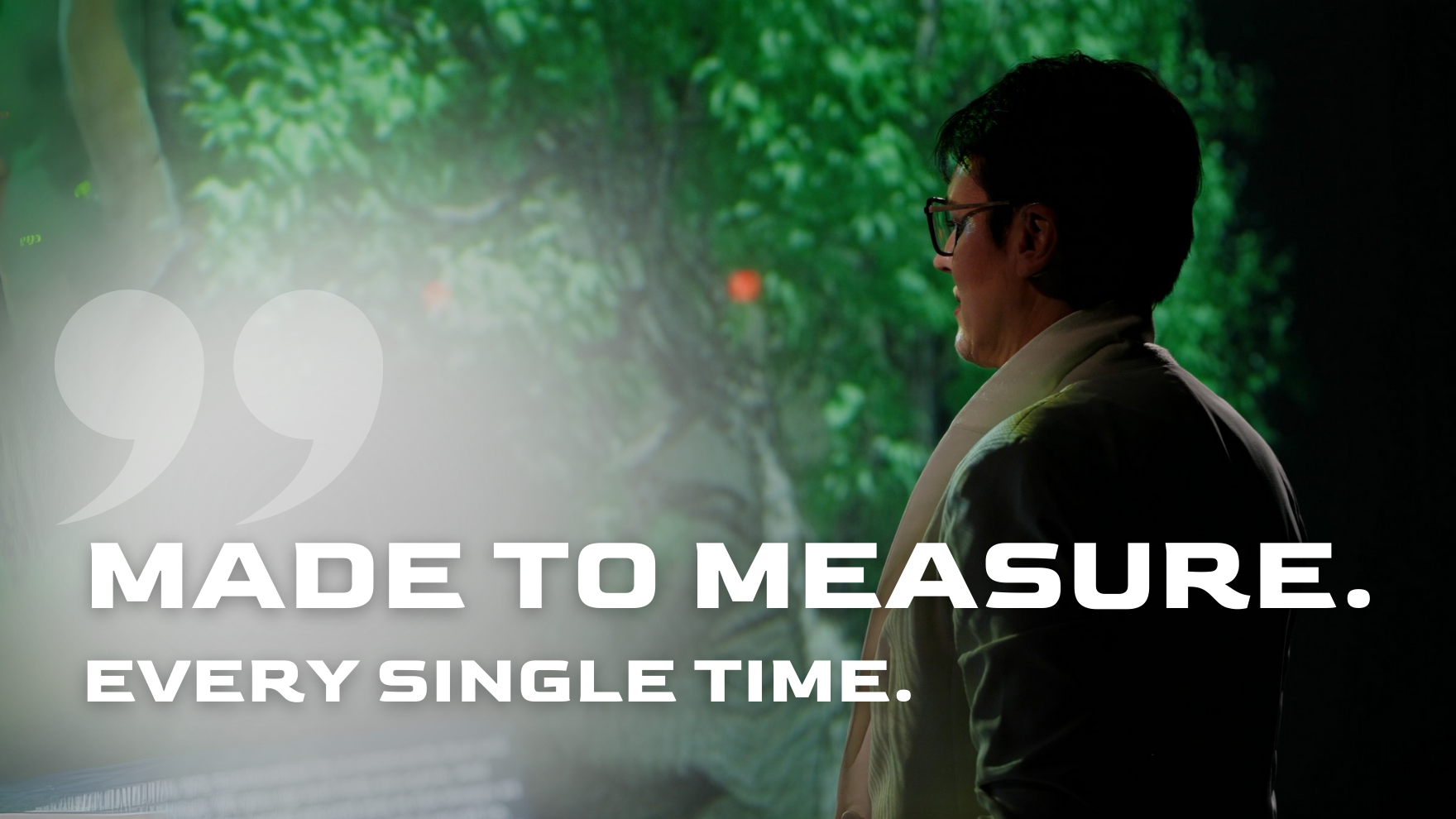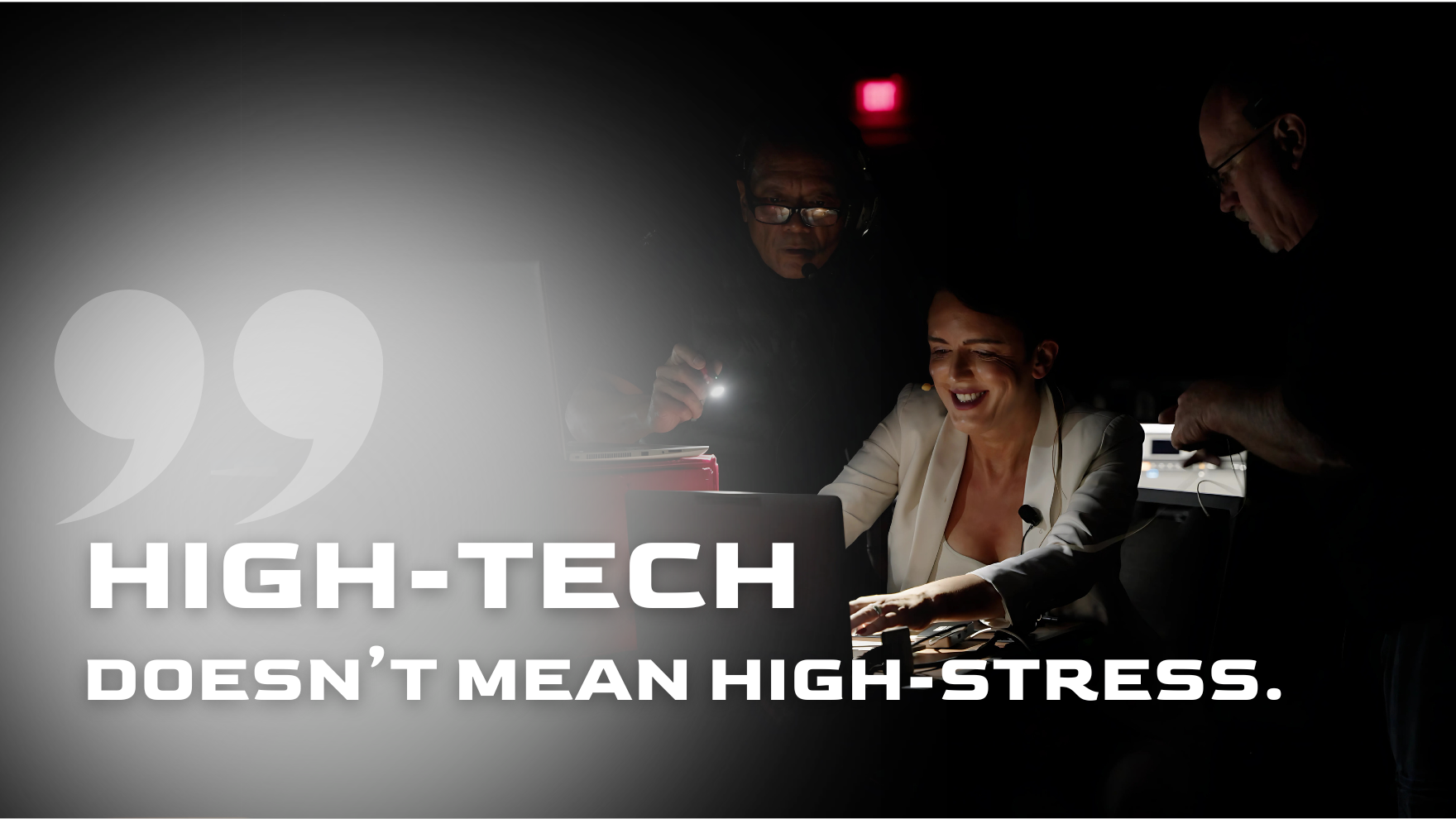Introducing a Presenter: How to Leave the Audience Eager for What’s Next
Let’s face it: introducing a presenter can feel like a daunting task. You’re the one warming up the room, setting the stage, and ensuring the audience is ready to engage. It’s not just about rattling off a list of credentials—it’s about building excitement and connecting the dots between the presenter and the audience. In those few moments, you have the power to create anticipation and leave everyone eager for what’s next.
Here’s the good news: many professional keynote speakers already have pre-written introductions ready for you, making your job much easier. But even then, there’s room to add a personal touch and make it your own. And if you don’t have a script to rely on, don’t worry—this guide will walk you through everything you need to know to master the art of introducing a presenter with authenticity and confidence.
Key Takeaways
A strong introduction highlights the presenter’s expertise and relevance to the audience.
Personalize the introduction to create an authentic connection between the presenter and attendees.
Use storytelling to set the tone and capture the audience’s attention.
Avoid listing credentials—focus on the presenter’s unique contributions and value.
Keep it concise yet impactful, ensuring the spotlight remains on the presenter.
Include a teaser or hook that builds anticipation for the presentation.
Practice your delivery to ensure confidence and professionalism.
Understand the Presenter’s Role and Purpose
Let’s start with the basics: why is this presenter here? Introducing a presenter isn’t just about naming their job title or listing their accolades—it’s about showing the audience why they matter in this moment. Your job is to make the connection clear and compelling.
Think about it like this: every event has a bigger story it’s trying to tell. Maybe it’s about innovation, leadership, or industry growth. The presenter you’re introducing plays a specific role in that story. If you understand their purpose—whether it’s to inspire, educate, or challenge the audience—you’ll naturally find the right words to frame their introduction.
When you connect the dots between the presenter’s expertise and the event’s theme, you’re helping the audience see why they should care. And that’s the first step to creating engagement.
If you don’t know why the presenter matters, neither will your audience.
Set the Right Tone for the Presentation
Think of the introduction as the “warm-up act” for the presentation. It’s your job to set the tone and prepare the audience for what’s to come. If the presentation is high-energy, your introduction should match that energy. If it’s reflective or thought-provoking, your tone should reflect that too.
But it’s not just about mimicking the presentation’s style—it’s about reading the room and meeting the audience where they are. If they’re coming back from a break, your introduction might need to refocus their attention. If the previous session was heavy or emotional, you might need to bring a lighter touch.
A well-delivered introduction bridges the gap between where the audience is and where the presenter wants to take them. And when you strike the right balance, you set the stage for a seamless transition.
The tone you set isn’t just a prelude—it’s the first impression of the presentation itself.
Build a Connection Between the Audience and the Presenter
Have you ever sat in an audience and wondered, “Why should I care about this person?” That’s the question you’re answering when you’re introducing a presenter. Your role is to help the audience see the presenter not just as an expert, but as someone who understands them and can offer something meaningful.
To do this, think about the audience’s interests, challenges, and goals. What do they care about? How does the presenter’s expertise or experience align with those things? When you frame the introduction around shared values or interests, you’re creating a sense of trust and connection before the presenter even speaks.
This isn’t about overloading the introduction with information—it’s about framing it in a way that feels personal and relevant. When you connect the dots between the presenter and the audience, you make the room feel smaller, more intimate, and more engaged.
The audience needs a reason to care—your job is to give them one.
Keep the Spotlight on the Presenter
Let’s be honest: it’s easy to get caught up in the moment when you’re introducing a presenter. You might be tempted to tell a funny anecdote, share your own thoughts, or try to “warm up” the audience with a mini-speech. But the best introductions are focused, concise, and centered on the person you’re introducing—not on you.
That doesn’t mean you can’t have personality or presence. In fact, the more natural and authentic you are, the better. But every word you say should ultimately lead back to the presenter and why they’re the right person for this moment.
Remember, you’re not the star of this show—you’re the opening act. And a great opening act knows how to shine just enough to make the headliner look even better.
A great introduction is selfless—it’s about creating space for the presenter to thrive.
Create Momentum and Anticipation
When you’re introducing a presenter, think of it as building a bridge between the audience and the presentation. Your job is to create momentum, taking the audience from curiosity to excitement. This is where anticipation comes into play.
Instead of listing out everything the presenter is going to talk about, hint at what’s to come. Create a little mystery. Give the audience a reason to lean in and pay attention. It’s not about withholding information—it’s about framing it in a way that feels fresh and intriguing.
When you nail this step, you’re not just introducing a presenter—you’re building excitement for their ideas. And that’s what keeps the audience engaged from the very start.
Curiosity drives engagement—leave the audience wanting to lean in, not sit back.
Respect the Presenter’s and Audience’s Time
Let’s talk about length. One of the biggest mistakes people make when introducing a presenter is trying to cram too much into the introduction. A long-winded introduction doesn’t just lose the audience—it risks overshadowing the presenter.
A good rule of thumb? Keep it under three minutes. That’s more than enough time to highlight the presenter’s relevance, connect them to the audience, and build anticipation. Anything more, and you’re running the risk of diminishing returns.
That said, being concise doesn’t mean being rushed. Take your time with your delivery, and make every word count. A well-paced, thoughtfully crafted introduction is always more impactful than one that feels rushed or overloaded.
Time is the most valuable resource in a presentation—don’t waste it with unnecessary fluff.
Deliver with Confidence and Authenticity
Finally, let’s talk about delivery. Even the best-written introduction can fall flat if it’s delivered with hesitation or nerves. Confidence and authenticity are key to making your introduction feel natural and engaging.
This doesn’t mean you have to be perfect. In fact, a little imperfection—whether it’s a laugh, a pause, or a personal touch—can make you feel more relatable. What matters is that you believe in what you’re saying and convey that belief to the audience.
Before introducing a presenter, take a deep breath, center yourself, and focus on the energy you want to bring to the room. When you speak with confidence and authenticity, you’re not just setting the stage for the presenter—you’re setting the tone for the entire experience.
The audience doesn’t need perfection—they need presence and sincerity.
ADDITIONAL RESOURCES
The Art of Introducing a Speaker
In the article, published in Psychology Today, the author emphasizes that “a good introduction informs and intrigues but doesn’t need to be remembered,” highlighting the role of an introduction as a bridge between the audience and the speaker, setting the stage for the main presentation without overshadowing it.
FREQUENTLY ASKED QUESTIONS
Should I stick to a script when introducing a presenter?
Scripts can be helpful, especially if the presenter has provided one, but it’s important to add a personal touch to make it feel authentic.
How do I make the introduction feel natural?
Practice is key. Rehearse your delivery until it feels conversational, and focus on connecting with the audience rather than just reading words.
What’s the biggest mistake people make when introducing a presenter?
Overloading the introduction with irrelevant details or making it about themselves. Keep the focus on the presenter and the value they bring.
ABOUT THE AUTHOR
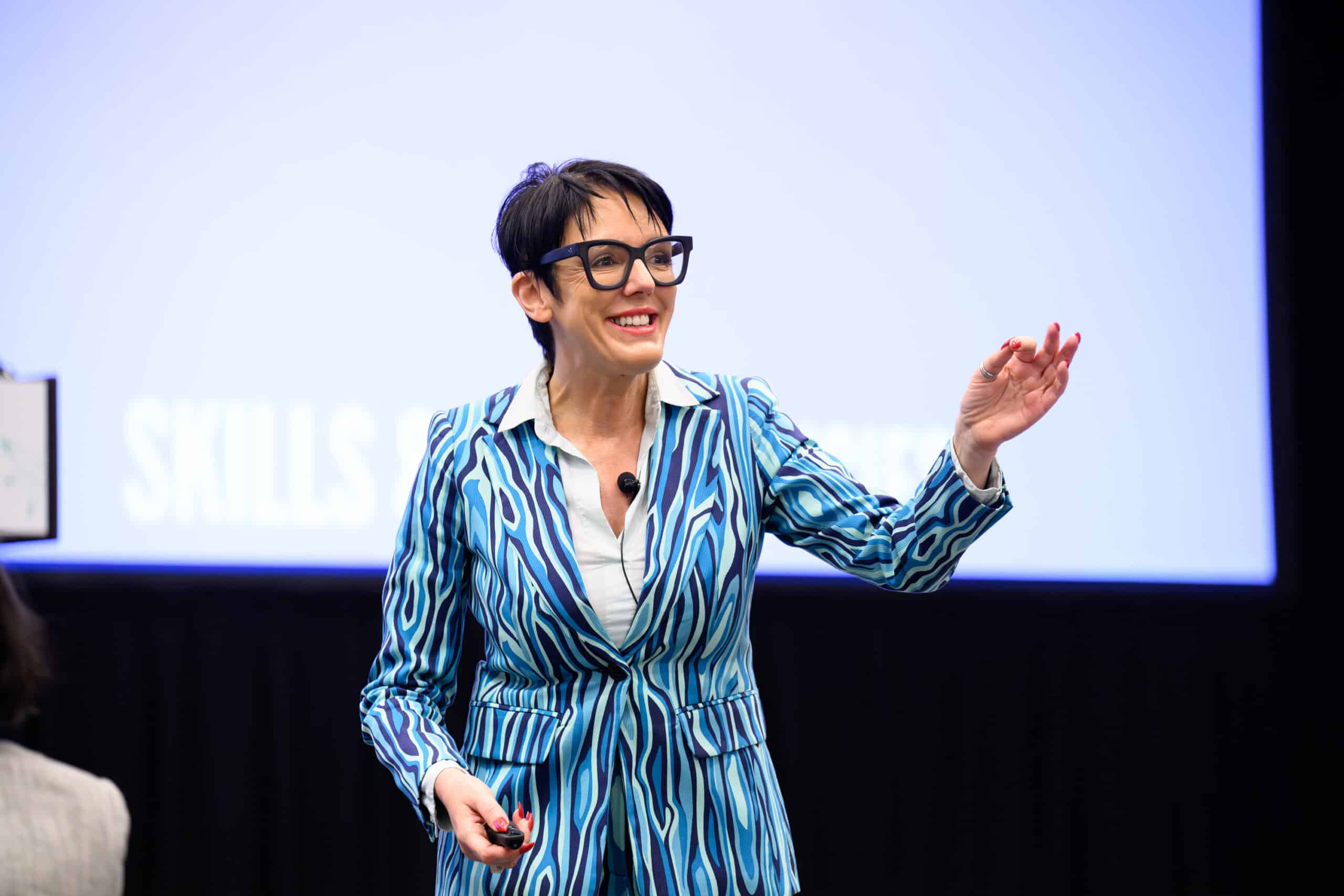
Sylvie di Giusto, CSP
is a globally recognized keynote speaker renowned for her innovative 3D immersive presentations and dynamic, interactive experiences. Drawing on over 20 years of corporate leadership expertise, she helps professionals make deliberate choices that enhance their leadership skills, deepen client relationships, and deliver impactful organizational results. Known for inspiring audiences to take action, Sylvie provides practical strategies and tools that drive personal and professional growth, ensuring lasting success.

